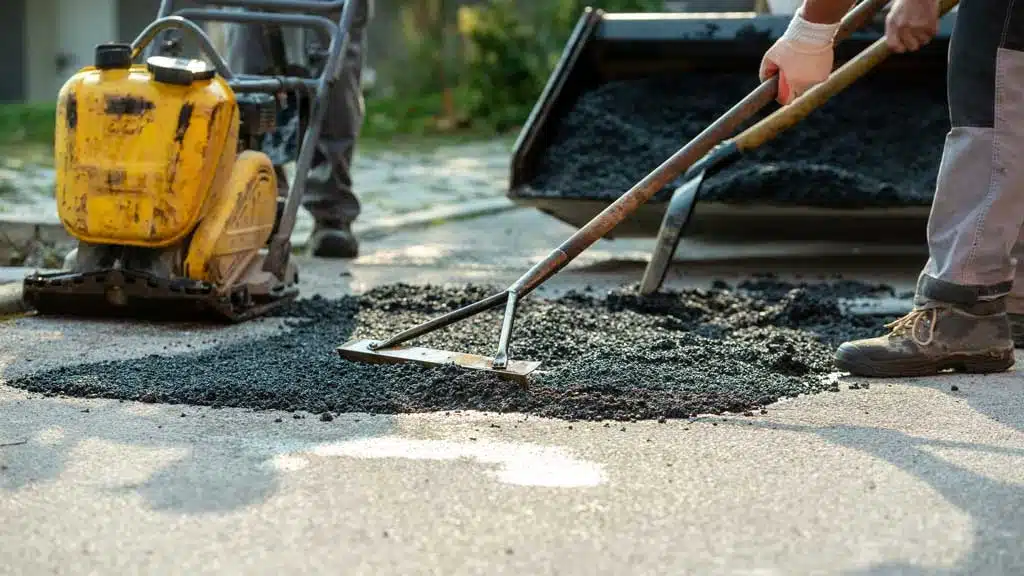The Process of Asphalt Paving
The average person probably considers asphalt paving to be no more complicated than dumping the appropriate amount of asphalt somewhere, and then having it compacted into a usable surface. In truth, there’s a great deal more planning and preparation that goes on with the process, before it even gets to the stage where asphalt is put in place and compacted. Here is what professionals consider to be involved in the overall process of asphalt paving.
Planning for an asphalt paving project
While planning for an asphalt project will be different among all the companies who do this kind of work, you can expect that some standard planning steps are necessary in all cases:
- design the construction of the pavement by taking into account the surrounding terrain, the loads it will be required to support, and the kind of soil which is directly underneath the area to be paved
- figure out exactly how much hot mix asphalt and other materials will be required to complete the project
- determine how many workers will be needed, as well as the number of machines, supplies, and tools
- consider what kinds of traffic control will be needed at the site in order to ensure worker safety
- schedule workers and equipment so that they will be available for the duration of the project
- schedule the delivery of hot mix asphalt from whatever company you’re using as a provider
- if the paving company is responsible for securing permits, you’ll have to handle this.
How contractors prepare for an asphalt paving project
Before construction actually begins, a number of tasks have to be completed:
- it may be necessary on some jobs to construct an access road for the heavy equipment that will be used during construction
- the paving site must be cleared of previous asphalt, trees or other natural growths, fences and walls, and any existing structures on the site
- the paving contractor will grade the site with heavy equipment, thus ensuring proper drainage when the asphalt is laid down. In some cases, manual grading will be necessary, even after heavy equipment has done the bulk of the necessary grading.
The installation process
An asphalt paving company will generally consider the paving process to include installing the subgrade, the base, and the pavement itself. To accomplish the paving process, it will be necessary to do all the following:
- the subgrade has to be very well compacted, because it is the layer upon which the asphalt will eventually be laid. If it turns out that the subgrade is in some way inferior, or will not support the asphalt properly, it will have to be removed and replaced with a subgrade that is suitable
- some asphalt pavements can be laid down directly on top of the subgrade, but more often the paving company will have to install a base layer before putting down asphalt. This base will usually consist of gravel, a stone aggregate, or some similar combination of materials.
- once the base has been completed, it will be ready for asphalt to be laid down. The first layer of asphalt will be installed over the base or the subgrade, and then it will be compacted. Then some number of additional asphalt layers will be installed, with each one of these also compacted.
- there will generally be a final roll conducted before the job is considered complete, and this will give the pavement a smooth appearance, as well as making it ready for driving.
- the client will usually want to be present when an inspection is conducted of the work done, so the client can be satisfied that all requirements were met, and that the asphalt paving job meets all specified standards.







